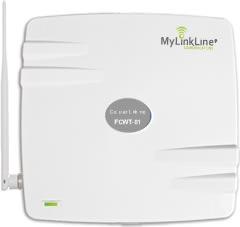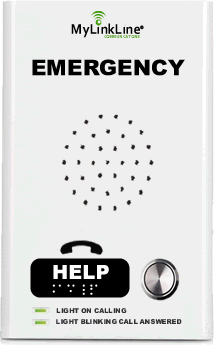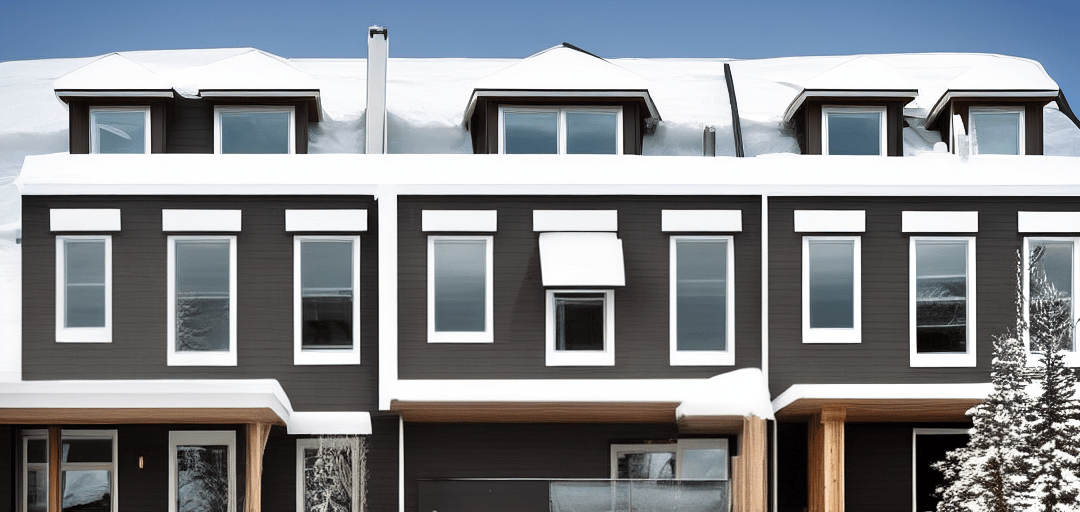Clearing the Air: The HUD Smoke-Free Rule and its Impact
In an effort to promote healthier living environments and reduce the risks associated with secondhand smoke exposure, the U.S. Department of Housing and Urban Development (HUD) implemented the Smoke-Free Rule. This rule, enacted in 2018, prohibits smoking in public housing units and common areas, aiming to create safer and healthier living conditions for residents. The HUD Smoke-Free Rule represents a significant step forward in public health policy, addressing both the health concerns linked to smoking and the right to breathe clean air.
The Rationale Behind The HUD Smoke-Free Rule
The decision to implement the HUD Smoke-Free Rule was based on a variety of reasons, primarily focusing on health, safety, and cost-effectiveness.
Health Impact: Secondhand smoke contains over 7,000 chemicals, hundreds of which are toxic, and about 70 of which can cause cancer. Children, the elderly, and individuals with pre-existing health conditions are particularly vulnerable to the negative effects of secondhand smoke exposure. The rule aims to protect these at-risk populations.
Safety Concerns: Smoking is a leading cause of preventable fires in residential buildings. The rule seeks to mitigate the risk of fire-related incidents that can result in injury, death, and property damage.
Healthcare Costs: Exposure to secondhand smoke leads to increased healthcare costs due to smoking-related illnesses. By reducing exposure, the rule aims to alleviate the financial burden on both individuals and the healthcare system.
Maintenance and Turnover Costs: Smoking in housing units often leads to more frequent and extensive cleaning and maintenance efforts when units are vacated. The rule aims to decrease these costs associated with smoking-related damage.
Implementation and Compliance
The HUD Smoke-Free Rule applies to all public housing authorities, which collectively manage over 1.2 million households across the United States. These authorities are responsible for enforcing the rule by informing residents of the new policy, providing resources for smoking cessation programs, and taking appropriate measures against violations.
Compliance with the rule involves a gradual process. Public housing agencies had to develop and implement smoke-free policies, communicate these policies to residents, and designate smoking areas, if allowed. Enforcement mechanisms include warnings, counseling, and even lease terminations for repeated violations.
Positive Outcomes and Impact
Since its implementation, the HUD Smoke-Free Rule has yielded several positive outcomes:
Improved Health: Residents, particularly children, now experience reduced exposure to secondhand smoke, leading to better respiratory health and a lowered risk of related illnesses.
Safer Environments: The rule has significantly lowered the risk of fires caused by smoking, enhancing the safety of both residents and property.
Encouragement for Smoking Cessation: The rule has prompted many smokers to seek help in quitting, leading to healthier lifestyles and reduced healthcare costs.
Cost Savings: Reduced maintenance and turnover costs have allowed housing agencies to allocate resources more efficiently.
Social Norm Shift: The rule has contributed to a broader shift in social norms, making smoke-free living environments more accepted and expected.
Challenges and Future Directions
While the HUD Smoke-Free Rule has demonstrated its effectiveness in promoting healthier living environments, some challenges persist:
Enforcement Variability: Enforcement of the rule can vary across housing authorities, and ensuring consistent compliance remains an ongoing challenge.
Access to Cessation Resources: Some residents may face barriers in accessing smoking cessation resources, hindering their ability to quit.
Public Reception: Implementation of the rule has faced resistance from some residents who perceive it as an infringement on their personal choices.
Alternative Nicotine Products: The rise of alternative nicotine products, like e-cigarettes, presents new challenges in defining and regulating smoking behaviors.
Conclusion
The HUD Smoke-Free Rule stands as a significant milestone in advancing public health policies aimed at reducing the harms of smoking. By fostering smoke-free living environments in public housing, the rule not only protects residents from the dangers of secondhand smoke but also fosters healthier communities, lower healthcare costs, and enhanced overall quality of life. Moving forward, continued efforts to address challenges and improve access to cessation resources will be essential in maximizing the positive impact of this rule.

Elevator Cellular Phone Lines
Go cellular and save 35% or more on monthly phone line fees. If you currently pay for an elevator telephone line you are paying too much. Our cellular phone lines work with all elevator telephones and monitoring services. To learn more click on the link below.

Elevator Phone Monitoring
Our monitoring and dispatch center has been delivering professional service for over twenty years. Our staff has extensive technical and interpersonal training to assist in emergency and non-emergency situations. To learn more click on the link below.

Emergency Elevator Phones
MyLinkLine will only install elevator telephones that meet code requirements. We also comply with ADA, ASME, ANSI and IBC codes in addition to all State and Local requirements if applicable. Volume pricing available. To learn more click on the link below.

